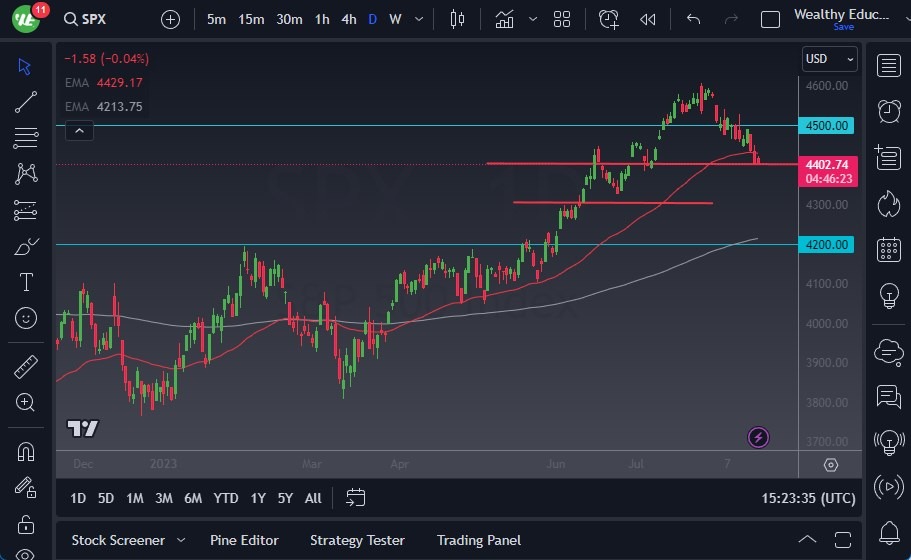- The S&P 500 displayed resilience as it rebounded from earlier losses, indicating a prevailing "buy on the dips" sentiment in the market. It's a familiar Wall Street narrative that consistently encourages traders to take a bullish stance on stocks.
- While interest rates remained at elevated levels, market participants are banking on the Federal Reserve's intervention to implement monetary policy adjustments sooner rather than later.
- This anticipation of Fed action is seen as a bullish catalyst for stocks, especially given the historical context of the post-Great Financial Crisis era, which has been characterized by a focus on liquidity.
The extent of quantitative easing measures has remained a primary concern for Wall Street. As long as this concern persists, traders seem inclined to interpret every announcement in a manner that supports the notion of a higher market. That being said, the market did experience selling later in the day. Does that mean that the trend is over? Only time will tell, but its obvious that there are always narratives that people are willing to cling onto in the stock market. The liquidity question seems to be the most important one to traders at the moment, and unfortunately, I don’t see that changing anytime soon.
Avoid Shorting This Market
Admittedly, this optimism doesn't always align with the state of the actual economy. However, it seems improbable that there's a scenario where the stock market experiences a sustained downturn. Should we see a breakdown from the current levels, the 200-Day EMA and the 50% Fibonacci level could come into focus as potential support levels. Conversely, if the market manages to breach the 50-Day EMA, it could set its sights on the 4600 level.
In essence, this is a market characterized by significant volatility. It becomes challenging to adopt a bearish stance when the market consistently demonstrates its reluctance to decline under almost any circumstances. It's essential to recognize that when the market contradicts reality, the market effectively becomes the reality. In other words, if the market is determined to move higher, one can choose to align with that sentiment, stay on the sidelines, or attempt to resist it. Shorting this market is a tough proposition, given its inherent bias towards positivity, driven by the fact that only a handful of stocks significantly influence the index's price dynamics.
 Ready to trade our S&P 500 daily forecast? Here are the best CFD brokers to choose from.
Ready to trade our S&P 500 daily forecast? Here are the best CFD brokers to choose from.

